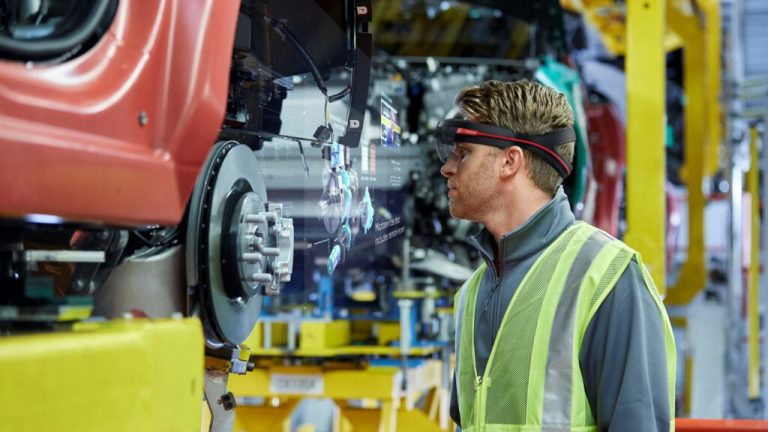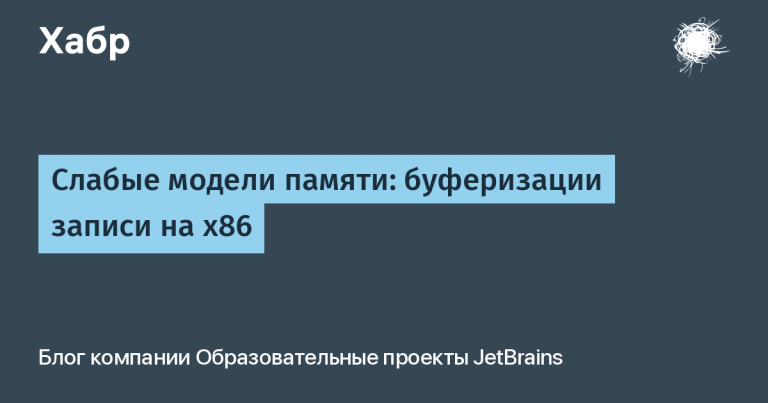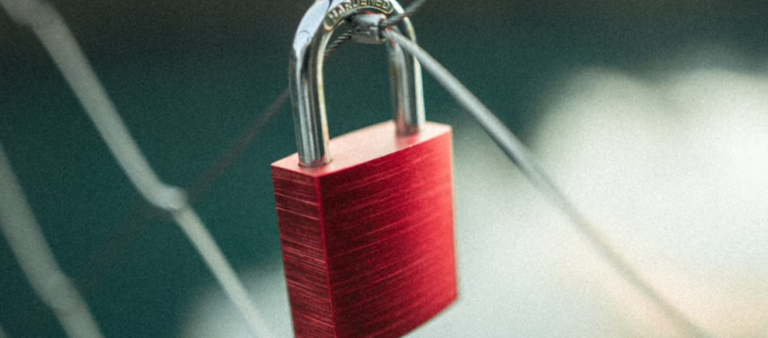OpenAI – SkyNet from Elon Musk. Parsing
- A robot cannot harm a person or, by its inaction, allow harm to be done to a person.
- A robot must obey all orders given by a human, except when these orders are contrary to the First Law.
- The robot must take care of its safety to the extent that it does not contradict the First or Second Laws.
Admit that with such a rapid development of technology, the development of quantum computers and the widespread use of neural networks, then you and we are already waiting for the appearance of SkyNet in recent years?
Or maybe, on the contrary, you think that real artificial intelligence is still so far away and that we, in our century, need not worry at all. Indeed, for the real intellectual activity of machines, much greater computing power is needed!
Today, using the example of another startup Elon Musk, called OpenAI, we will see how far the real SkyNet is from us and tell you about the state of AI development, in principle, right now.
Today we will find out if a robot can write a symphony or draw a masterpiece?
What is AI?
First, let’s understand what is artificial intelligence?
According to one of the definitions, it is an artificially created system that can solve creative problems, is capable of self-development, self-construction and self-improvement of itself and others like them.
In principle, the very concept of AI is more of a philosophical concept. We will never see loud headlines like “Artificial Intelligence Invented!”, Humanity will go towards it slowly but surely.

Unfortunately, there is no absolutely precise definition of what artificial intelligence is, but there is a test. The famous Alan Turing test, which he described in 1950 in the philosophical journal Mind. The essence of the test is that a person and a computer are asked different questions, and the third person listens to their answers. The main thing is that the person listening to the answers does not know who exactly is answering, and if the computer succeeds in deceiving the person, then it is considered that the computer won and passed the Turing test.
This test was first taken by a computer in 2014. A special program Eugene, or Zhenya Gustman, using five supercomputers, was able to deceive 33% of interlocutors, which exceeded the required 30% to pass the threshold.

By the way, the Turing test works in two directions. There is also a reverse test, a test for a person, and everyone watching this video must have passed it – this is the famous Captcha – Completely Automated Public Turing test to tell Computers and Humans Apart or in Russian – a fully automated public Turing test for distinguishing between computers and people.
And it would seem that the test is passed, here it is artificial intelligence, but in reality everything is much more complicated.
In general, there are two approaches to creating AI:
The first is top-down, count from top to bottom, that is, the creation of knowledge bases and systems that imitate real human mental processes, such as thinking, reasoning, emotions, creativity, and so on.
The second, which, again, is familiar to most of you: bottom-up or bottom-up, when learning about neural networks and so-called evolutionary computing. The simplest neural models are created, the combination of which ultimately models intellectual behavior.
These are the very neurons that we have already told you about! These are the very neurons that are involved in improving your photos and selecting videos on TikTok.
The main idea is that in the future, by combining many neural networks designed for different purposes, you can actually build an independently thinking computer, the level of self-learning and knowledge of which will be such that it will self-develop! This is AI.
What now?
It is not easy to say about the current state of AI. After all, there are many areas where neural networks and AI are used very actively. Tesla’s autopilot is a good example!
And there are areas where it is only planned to begin active implementation, and here you can remember about medicine. Just think – a neural network that can automatically analyze the results and give advice on treatment, for example, processing X-rays or blood tests!
In general, over the past five years, interest in the field of artificial intelligence has more than tripled, and the number of startups in the period from 2015 to 2018 alone increased by 113 percent.

And since this is a very actively developing field, the number of annual scientific publications over the past 20 years has increased by 8 times!

The development of neural modules in processors has also become a huge leap forward, and the growth in investment in this area is enormous!

In general, you understand – the development of the region does not just go, it flies up!
And you know what is the most interesting? The question of Will Smith’s hero about whether a robot can write a symphony can already be answered – Yes, it can!
OpenAI
Elon Musk and 5 other investors in 2015 organized a startup called OpenAI, the main point of which was to increase control over the development and creation of AI.
The founders of OpenAI spoke of it precisely as a non-profit organization that is not bound by financial obligations of shareholders, so that researchers can focus their efforts on creating a positive impact of AI on humans.
Musk himself said that he considers AI one of the main threats to humanity and for its better control, he actively participated in the creation of a startup that is engaged in research in the field of AI.
“If you cannot win something – take the lead!”, Apparently this is what they were guided by! And their results are surprising.
You probably remember the news that the neural network beat the OG team, the champions of International 2018 and 2019 in DOTA 2! So this neural network was created by the OpenAI team. Bill Gates then wrote that this is a very important event, since the game requires complex team interaction.

In total, several neural networks have been introduced to OpenAI during its development. For example, Jukebox is a special program, trained on over 1 million songs of all genres, which is capable of independently writing music, meaningful lyrics, and even synthesizing vocals! So yes – and a machine-written symphony is already possible!
Just listen to examples! Basically, most modern rap artists are no longer needed.
And how do you like the DALL · E neural network, which is capable of drawing pictures simply by text description? She is able to understand the context of what she has written, for example, a person sets “a collection of glasses sitting on the table” and let’s see what the neural network produces?
Translated from English, the initial description can be formulated in two ways – the first is “a set of glasses on the table”, and we see that the neuron draws various pictures, while there are also completely unrealistic ones. But this description can also be translated as “a set of glasses on the table”, respectively, the neural network draws options with glasses!


But how did this become possible? All thanks to the special training of the natural language processing algorithm, called GPT-3. This is the third version of the algorithm introduced in 2020. The first was announced in 2018, for training which a text base of 5 Gigabytes was used, the second version a year later already studied 40 gigabytes, and the third used a database of 500 GB of text, data, and 175 billion different parameters.
And this amount of data allows her to do unique things, for example, understand the meaning of what she read, write large structured texts or, for example, poetry!
How does it work?
At the entrance, we ask the program a question! That is, we are actually asking the robot to understand what we just asked him and give us an answer.
We give the algorithm one example, where we indicate only the signs and ask him to predict what will happen next.
There will be errors in the learning process, but internal algorithms calculate the prediction error and update the neuron until the answer improves.
hsto.org/webt/32/w2/bu/32w2bu4fmycoja-kapw6juep9oa.gif
And so several million times. Now let’s imagine that our neuron has already been trained, that is, it has already eaten these 500 GB of texts, which it took from books and articles on the Internet.

Further, after asking the question of the network, the most complex multilevel transformations begin. The given words are converted into a set of numbers and go to a special 96-level decoder, at each level this set of numbers goes through 1.8 billion parameters for calculations.
To make it a little more clear – this is an autoregressive model, that is, a model that takes into account the results of previous calculations and is based on them on the next round of calculations. And after going through all these circles at the end, you get an answer that has the lowest probability of error based on previous training! Then the answer is given.

And you ask what are the prospects? They are huge. In fact, GPT-3 is capable of solving any problem in English right now. And not only…
It is worth saying that things are not at all so smooth with this openness and bright future of AI. The fact is that Elon Musk left the project in 2019 as a conflict of interest could arise. And already in 2020, he openly criticized the approach of the organization’s management in closeness and opacity, which, as we remember, directly contradicts the principles underlying the startup, and even in its very name!
And in the middle of 2020, something very strange happened. Microsoft bought the exclusive rights to that GPT-3 algorithm, which was also heavily criticized by Musk and the community.

Of course, the company itself said that this would not affect the access of independent developers to GPT-3 through the company’s API, but definitely all this news causes distrust and fears.
Output

In any case, all this development is impressive. Five years ago, no one would have thought that phones with their small matrices would be able to shoot astrophotography, as modern Pixel smartphones do.
And tell someone 15 years ago that cars on their own can safely drive on the streets of cities on their own, they would look at you like a madman!
Today, all this is already a reality with the development of neural technologies and artificial intelligence! And this is just the beginning of the path of neural networks.
We just have to believe that all these systems will be well controlled and protected from possible external influences. Indeed, in such important issues that already directly affect people’s lives, safety and reliability are most important.
And as we all know, even the all-powerful three laws of robotics are easy to get around!





